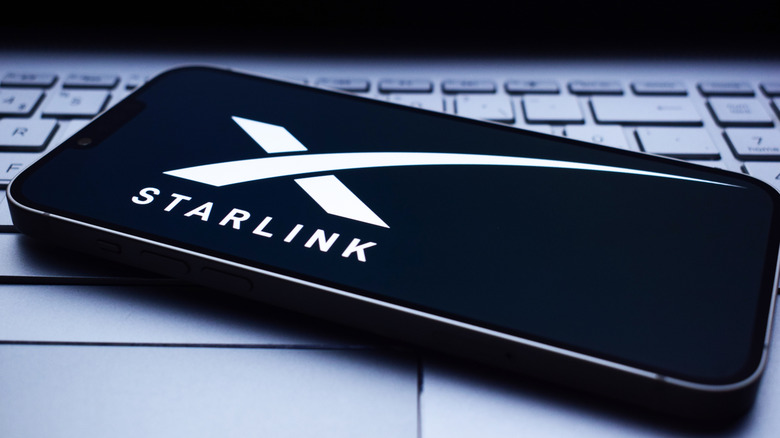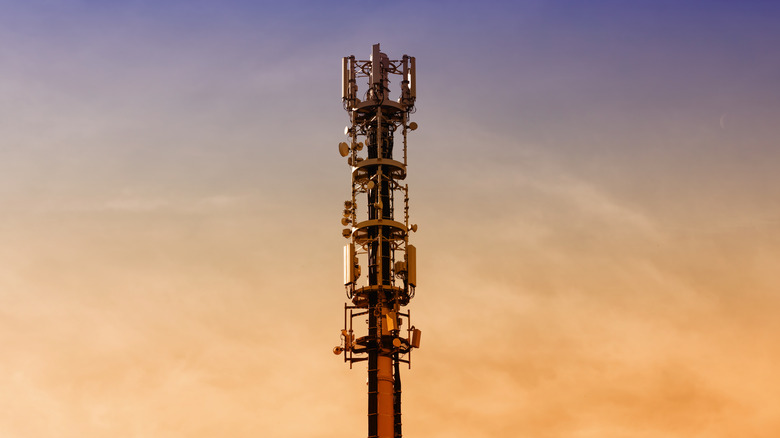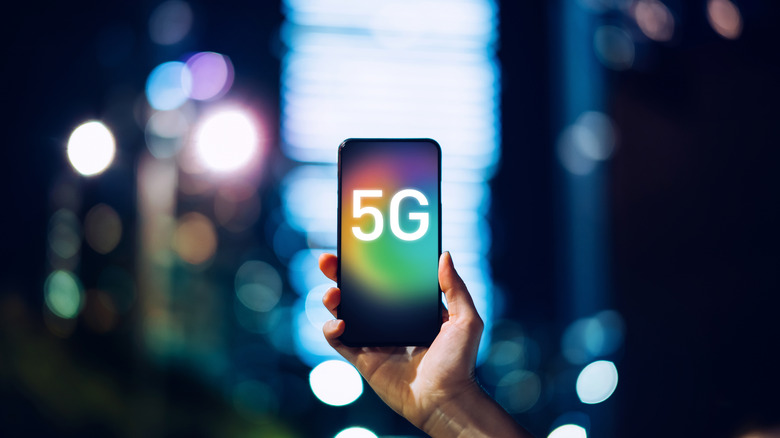Starlink Vs. 5G Internet - Which Offers Better Speeds?
When comparing Starlink and 5G internet, the "better" option largely depends on where you live. Starlink's satellite-based broadband can deliver impressive speeds, often between 100 and 200 Mbps for downloads with a latency of around 25-60 milliseconds. According to Starlink's own network updates, the median download speed in the U.S. for over 2 million active customers during peak demand was nearly 200 Mbps as of July 2025. That's significantly better than older satellite internet, but still worse than fiber or the best terrestrial wireless options.
With that said, Starlink's performance depends heavily on geography, sky visibility, and whether the signal path is obstructed by trees, buildings, or other sources of interference. Performance in rural or open-sky locations tends to meet or exceed advertised averages, while speeds and latency may degrade in more densely built or forested areas. Also, the weather can intermittently impact throughput and reliability.
5G, on the other hand, thrives in the opposite conditions. In cities or towns with strong network coverage, mid-band and mmWave 5G easily surpass Starlink, regularly hitting 200-2,000 Mbps on modern smartphones or routers and offering lower latency for gaming and streaming. Yet 5G's range is limited — step too far away from a tower or move into rural terrain, and you may find yourself with slower LTE speeds.
When it comes to raw speed, 5G generally wins where coverage exists. But Starlink closes the gap by delivering fast, reliable internet to places where 5G simply doesn't reach. In essence, 5G dominates urban performance, while Starlink remains the clear choice for rural connectivity.
What 5G internet is capable of
5G encompasses a range of technologies with varying characteristics: low-band coverage, mid-band, and mmWave/high-band. Because of this, what "5G" means in one location could be very different from another. In lab conditions, 5G is capable of peak download speeds in the gigabit range and theoretical maximums up to tens of Gbps. However, real-world performance tends to be more modest. In the U.S., average 5G download speeds tend to hover around 180-190 Mbps in good service areas.
Under strong mid-band or mmWave coverage, users have observed peaks well above that — some tests report 400 Mbps download in limited conditions. Upload speeds tend to be weaker by comparison, particularly on mobile devices, though recent advances like 5G Advanced are pushing uplink performance higher.
Challenges for 5G include coverage gaps, signal attenuation by obstacles, network congestion, and inconsistency in speeds depending on carrier, geography, and user density. So while 5G can surpass Starlink in latency and even top speed under ideal conditions, in many real-life deployments, it falls somewhere between Starlink's tiers, depending on circumstances.
Starlink shines in remote areas while 5G excels in cities
In the end, the choice between Starlink and 5G comes down to context rather than pure speed numbers. Starlink shines in rural or hard-to-reach areas where fiber and reliable mobile coverage simply don't exist. Its consistent 100-200 Mbps throughput and improved latency make it a lifeline for households that previously had no real broadband options. But its reliance on clear skies and good weather means it's not always as rock-solid as terrestrial networks.
5G, meanwhile, represents the cutting edge of next-gen mobile connectivity, with the potential for blazing-fast speeds under ideal mid-band or mmWave conditions. It generally offers lower latency than Starlink and integrates seamlessly with mobile lifestyles, but its real-world performance varies wildly depending on location, carrier, and congestion. That makes it more of a city or suburban advantage as opposed to a universal solution.
Ultimately, Starlink is often the best option where 5G doesn't reliably reach, while 5G is the stronger choice in dense areas with robust coverage. For users lucky enough to have access to both, the decision is less about which is faster and more about which is more dependable in your daily environment.


